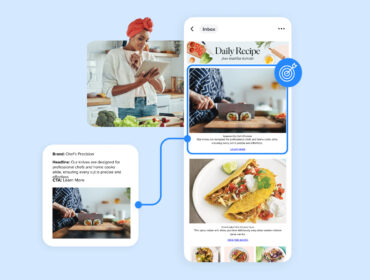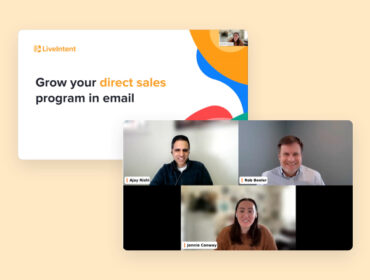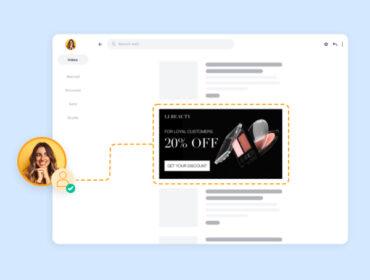Driving value with a newsletter program and first-party data
Newsletter programs have seen a massive boom since early 2020. Many credit the COVID-19 for driving attention to inboxes as people all over the world clamored for daily pandemic updates. Newsletters have seen such tremendous success that publishers across various industries recently launched their own newsletter programs or doubled down on their existing efforts. If you find yourself sitting in one of those two camps, you’ll want to keep reading.
In this blog post we’ll share three key components to driving value for your business and your readers with a newsletter program and first-party data. You’ll learn about:
- Email newsletter monetization
- Creating valuable content experiences with first-party data
- Promoting products and services
Publications like The New York Times have seen great success with newsletters. They’ve doubled down on their newsletter programs and now offer 18 newsletters available via paid subscriptions. In other words, the NYT is killing it in the newsletter game. Unfortunately, we can’t all boast eight million subscribers and a wealth of resources to create daily content across a plethora of topics. So, for those of you reading this who can’t make a business case for launching a paid newsletter subscription program just yet, consider instead monetizing your email newsletters with ads.
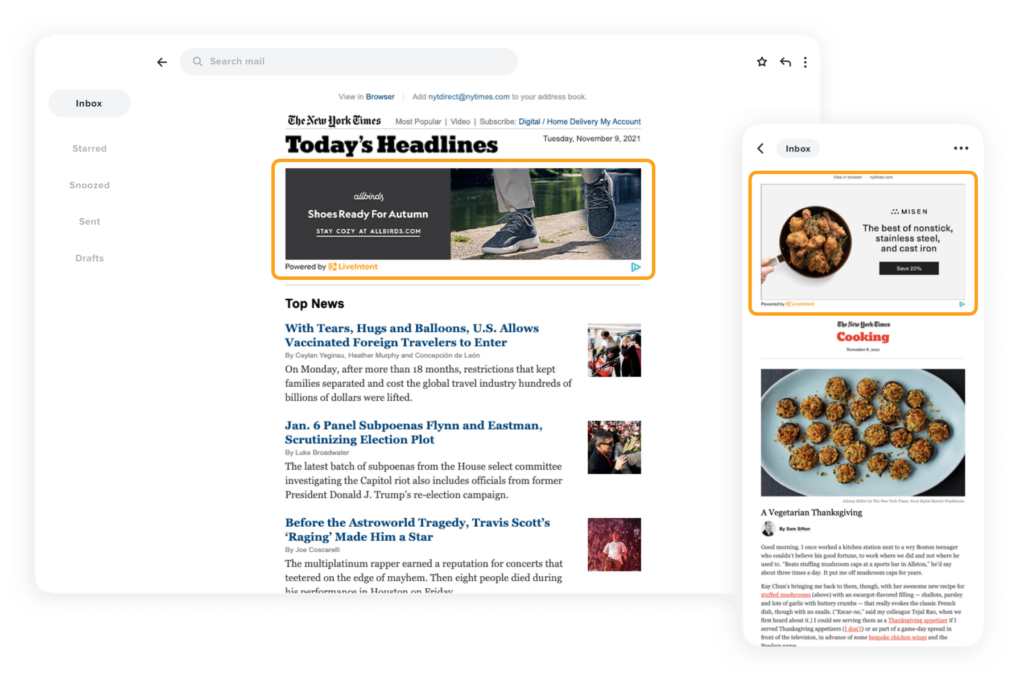
Remember that scene in the Lion King where Mufasa talks with Simba and says, “Everything the light touches… is our kingdom.” That’s kind of how you should think about your content and monetization. Anywhere your readers can access your content is an opportunity to make it rain. By placing ads in your newsletters, you can monetize your content and collect first-party data that can help you bring even greater value to your readers’ experiences and your business.
Creating valuable content experiences with first-party data
If you’re going to monetize your newsletter program, you want to ensure that you deliver relevant advertising experiences to your readers that only enhance their reader experience by speaking to their interests or needs. It’s important to know your readers to get the right advertisers in front of them and optimize performance. A good place to start is by building inventory packages that allow advertisers to get in front of your audiences that consider specific newsletter components like:
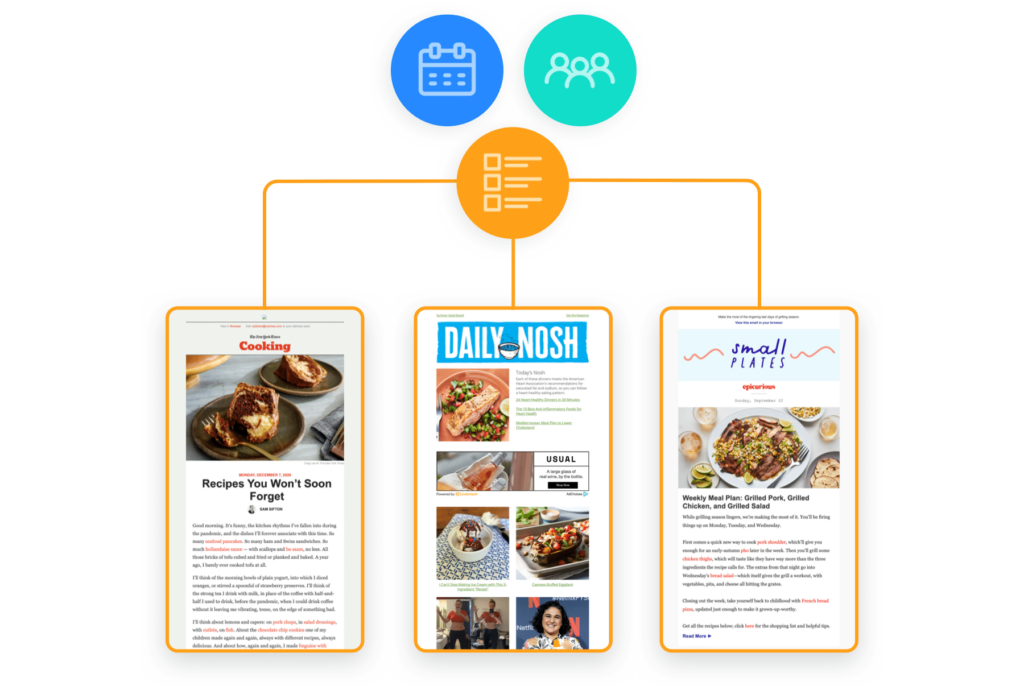
Content: A sneaker brand will likely want to advertise on content focused on fitness, sports, or outdoor activities. Ensuring that the newsletter’s content is appropriate for the advertiser is vital.
Audience profile: A newsletter focused on parenting will likely have an older audience than a newsletter focused on video games and gaming. In this case, an advertiser who seeks audiences aged 35+ would be more inclined to advertise on a parenting newsletter.
Season: Capitalize on the seasonality with packages aligned with events like Black Friday, or Valentine’s Day, making it easier for brands and advertisers to get their content in front of likely shoppers.
With the right tech in place, you can leverage your email newsletter ads to gather first-party audience data like the ads they clicked on, articles they read, and what pages they visited on your site via your newsletter. Your advertisers want to invest their media budgets on the right audiences — the ones that will perform against their campaign KPIs and drive ROAS. Armed with audience insights that speak to preferences, interests, and behaviors, you’ll be well equipped to monetize your email.
Promote your products and services
If you’re just getting started with your newsletter program or have plans to expand it, you should consider cross-promoting your newsletters within each other. This can help build awareness and engagement with your content and improve customer loyalty while reducing churn. The more insight your readers have into your offerings, the more value your readers will get from your newsletter program.
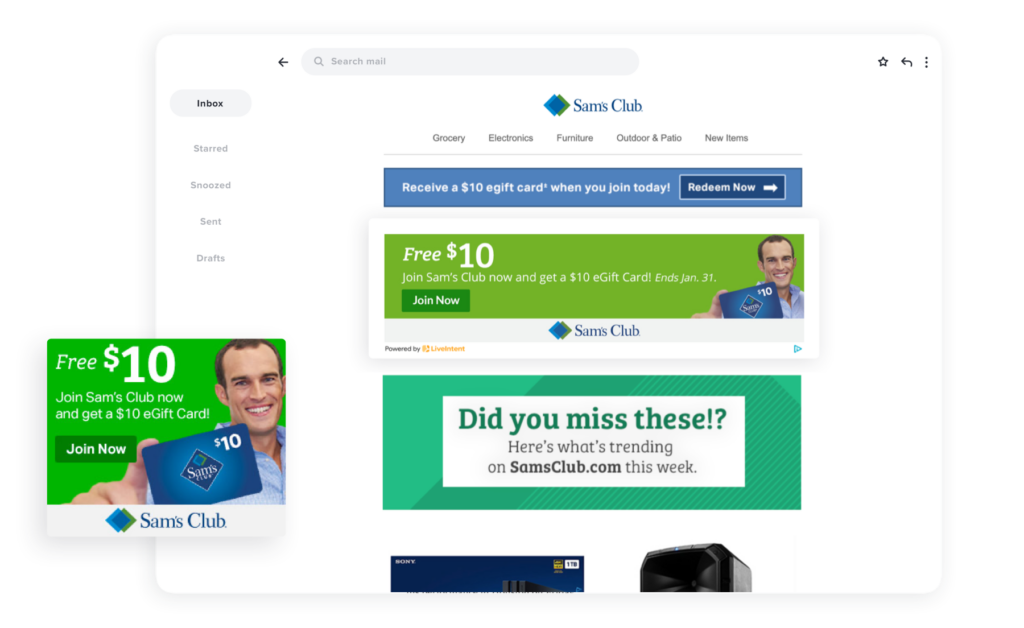
Furthermore, newsletters are an excellent channel for driving awareness of products and services you might offer amongst a group of people who are already engaged and interested in your brand. Imagine a health and wellness publication launches an app that helps users stay on track with their fitness goals. Promoting the app via their newsletter is a great way to drive app downloads, increase engagement, and provide value to their newsletter readers via a product and service aligned to their interests and needs.
The changing landscape
As the martech landscape continues to evolve, it’s more important than ever that publishers build out their first-party data strategy with robust insights that speak to their audience base. Email newsletters are the perfect way to do that by leveraging the email addresses — digital’s skeleton key — which unlocks and provides access to all corners of the digital world, from social media platforms to streaming services.
